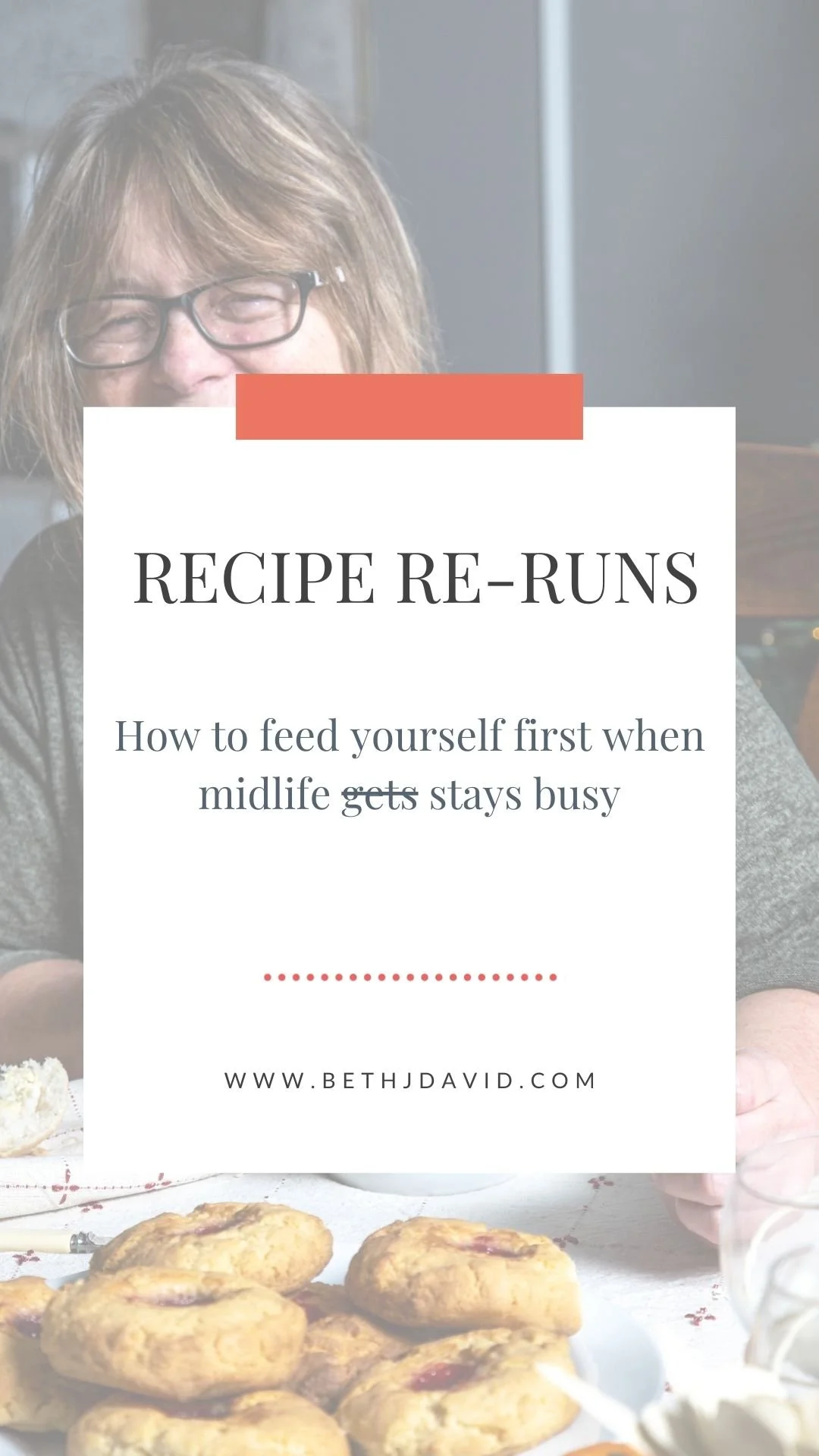How to make your own veggie broth from kitchen scraps
Making your own vegetable broth is an easy way to reduce food waste, and your grocery bill, simply by using up what you have on hand; including scraps you would have otherwise tossed out.
Using saved vegetable ends, peelings and wilted greens or herbs that are past their salad days, you can quickly simmer up a batch of this delicious and mineral rich vegetable broth, and because you make it yourself, you get to control the ingredients.
This broth creates a great base for soups or stews. Use it to cook your rice instead of water, or warm up a mug for an alternative to tea or coffee if you’re craving a soothing beverage.
Easy prep tip:
As you prep your veggies, make sure to have a container on the go that you can toss the scraps into. Store the scraps in your freezer, and before you know it, you’ll have a bag full of “compost” ready to simmer into a delicious, homemade vegetable broth.
You can make your broth simply with the scraps you have accumulated, or you can give it an added boost of flavour and nutritious minerals with fresh herbs, whole beets, Kombu (a mineral rich seaweed), sweet and red potatoes, garlic and onions.
Garlic and onions are two items that I always add in to my broth. I almost always have them on hand and both are inexpensive and accessible nutritional powerhouses. Part of the allium family (which also includes leeks, shallots, chives and scallions) they don’t just add a boost of flavour, they act as powerful antioxidants, stimulate our immune system, reduce inflammation and help to facilitate our bodies detoxification processes.
I also love to add mushroom stems or even whole mushrooms to my broths. They give it a rich, deep flavour without overpowering the the overall taste.
Mushrooms provide a wealth of nutritional benefits, not the least of which is the role they can play in boosting your immune system, reducing inflammation and regulating blood pressure. Mushrooms are also rich in minerals such as zinc, selenium, copper and magnesium, which act in a variety of ways to to support all of our body systems and organs. Selenium, for example, may have a role in regulating our mood, helping to mitigate anxiety and depression and fatigue, while also stimulating our immune system.
Even if you’re not a mushroom fan, I’d encourage you to give them a try in your broth. Mostly though, I encourage you to grab what you have on hand and get simmering! Don’t sweat the ingredient list too much. This recipe is very forgiving.
As you make this over (and over) again, which I’m sure you will do, you’ll discover combinations, spices, seasonings and add-ins that you particularly like. As long as you have a variety of vegetables and are generous with your seasonings, you’ll be good to go!
One final note: As you get in the habit of saving your scraps and making your own vegetable broth, you might find that you have more that you can use. This broth freezes very well, and would also be a welcome addition to someone else’s pantry if you want to pass along a bit of goodness!
Let’s Make This:
Ingredients:
1 large freezer bag of vegetable scraps*, about 6 Cups (end pieces of carrots, onions, potatoes, mushroom, celery, etc.)
6-8 cloves of garlic, halved
2 cooking onions, quartered
Optional Additional Ingredients:
1 whole red beet cut in half
2 large whole carrots, cut into big chunks
2 sweet potatoes or 2 red potatoes, cut in half
1 C mushroom pieces, stems included
1 piece of Kombu (about 8”)
Seasonings:
1 generous tsp Sea Salt, more to taste
12 black peppercorns
1 bunch flat leaf parsley
2 Bay leaves
1/4 - 1/2 tsp hot pepper flakes (optional)
This is How:
In a large pot (grab the biggest one you have) add veggie scraps, garlic, onions and any optional add-ins.
Cover with cold, filtered water. (Approximately 8-10 Cups)
Add in seasonings, stir to combine.
Cover pot and bring to a boil.
Reduce heat, uncover and simmer for 1-2 hours, adding more water as needed.
Once done simmering, remove from heat and let broth stand for 30-45 minutes.
Strain and pour into glass jars. If freezing, leave 1-2” headspace to avoid breakage.
Broth will keep in the fridge for at least 1 wk. Can be frozen for up to 3 months.Makes 1.5 cups
Makes approximately 12 Cups




